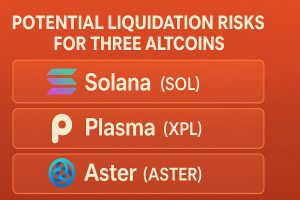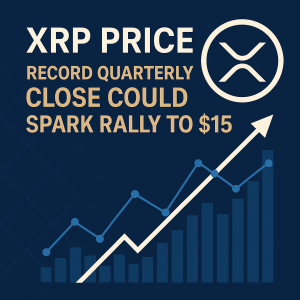In recent developments within the cryptocurrency space, USDT (Tether) dominance is approaching a critical threshold of 4.8%, signaling notable shifts in market dynamics. As stablecoins like USDT continue to grow in influence, investors and traders are closely monitoring the implications for altcoins and overall market stability. This rising dominance suggests that a significant portion of market capital is moving into USDT, potentially at the expense of other cryptocurrencies.
Historically, stablecoins such as USDT have played a vital role in providing liquidity and a safe haven during volatile periods. The recent trend toward increased USDT dominance indicates investor preference for stability amidst fluctuating market conditions, which could lead to a temporary stabilization of prices or a shift in trading volumes across different assets.
Today’s developments show that USDT’s market share is nearing 4.8%, a level that could trigger strategic rebalancing among traders and institutional investors. As USDT becomes more dominant, altcoins might experience downward pressure or reduced trading activity, especially during periods of market uncertainty. However, this also presents potential opportunities for traders to acquire undervalued altcoins once the market stabilizes.
Market analysts suggest that this shift could be a precursor to increased market robustness if USDT’s growth consolidates, or it could signal a warning sign of consolidation phases where altcoins face increased risk of decline. The trend underscores the importance of monitoring stablecoin flows as an indicator of broader market sentiment and liquidity.
Looking ahead, traders should keep an eye on upcoming market trends, including potential shifts in USDT’s dominance, upcoming regulatory developments, and macroeconomic factors that could influence cryptocurrency valuations. The evolving landscape requires vigilance and strategic planning for those involved in crypto trading and investment.
What does USDT’s rising dominance mean for altcoins?
It indicates that investors may prefer holding stablecoins like USDT during uncertain times, which can lead to decreased demand for altcoins and potential price declines.
How could this trend impact market volatility?
Increased USDT dominance can stabilize the market temporarily but may also lead to sharp movements when investors shift back into cryptocurrencies from stablecoins.
What should traders watch for in the coming weeks?
Traders should monitor USDT’s market share, regulatory updates, and macroeconomic indicators that could influence the flow of capital within the crypto ecosystem.







